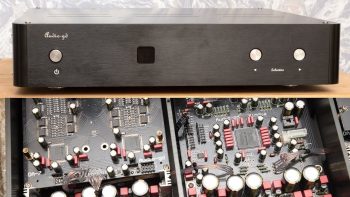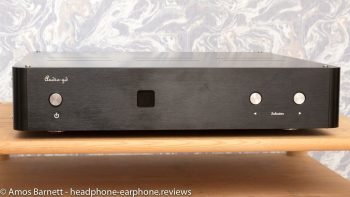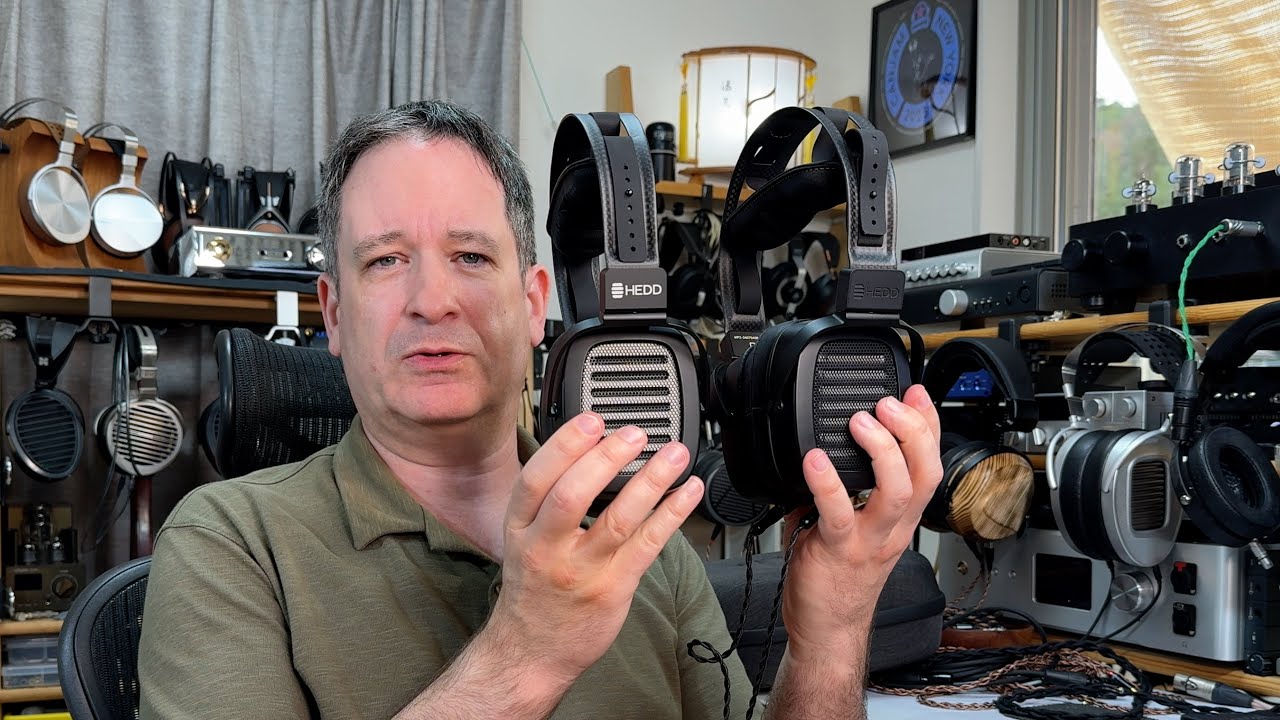The new Audio-gd R2R 7 is the first flagship DAC from this well-known Chinese manufacturer to not use an off-the-shelf digital-to-analog converter chip. For the last decade or so, Audio-gd used the famous PCM1704 converter in their DACs, while year-by-year improving the quality of the digital input. For those unfamiliar with Audio-gd, their flagship components are of a more “old school” design, housing 3 separate components in one box, each with their own power supply and transformer. In the R2R 7, this means a digital input and processor, and two individual converter and analog output sections, one for each channel.
A number of manufacturers have been selling resistor ladder DACs, with many customers preferring what they feel is a more natural presentation compared to modern Sigma Delta designs, such as those that use the ESS Sabre chips. With the manufacture of R2R chips having finished, the only alternative is to build resistor ladder converters. A resistor ladder converter, however, has many issues relating to the linearity of the resistors and switches used, both of which don’t have the level of manufacturing tolerance that is required for digital-to-analog conversion. To this end, Kingwa of Audio-gd has adopted a similar system to that used by MSB and other manufacturers that have gone this route, using high-speed FPGAs to compensate for linearity errors.
In addition to the 2 FPGAs per channel, two more are used for the digital inputs, and an Altera DSP has been programmed to handle digital filter duty. The DSP can be tweaked by the user, with jumper pins on the board allowing 2x, 4x oversampling and non-oversampling modes to be set as desired. That makes for a total of 7 processors inside the DAC.
The R2R 7 has 6 digital inputs — The usual USB, optical and S/PDIF, but an extra S/PDIF socket can be ordered with AES instead, and an I2S input is also included, which can be custom-wired at the factory for use with an Empirical Audio Offramp or similar.
Initial listening with the R2R 7, which has had 300 hours of burn-in and testing at the factory, was immediately very engaging, prompting me to stop listening to streaming radio and fire up Audirvana Plus for more serious listening. So far, the sound seems a bit more “liquid” compared to my Schiit Audio Yggdrasil. Further listening will determine how they both compare. One advantage of the R2R 7 is that it will accept up to 384k and DSD 2x input, whereas the Yggdrasil is limited to 192k PCM.
Head-Fi discussion here: https://www.head-fi.org/f/threads/new-audio-gd-r2r-7-flagship-resistor-ladder-dac.853902















